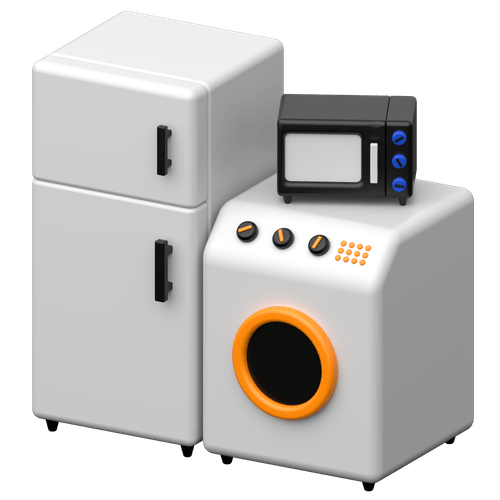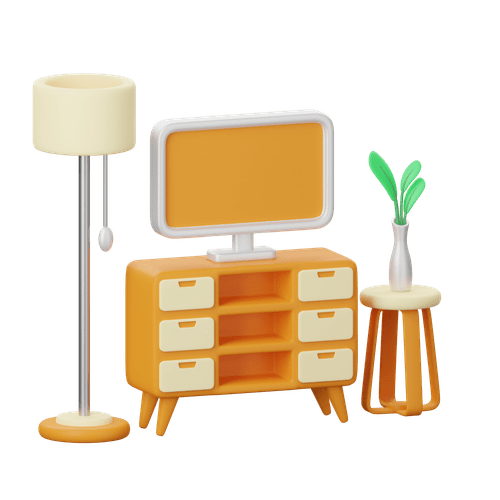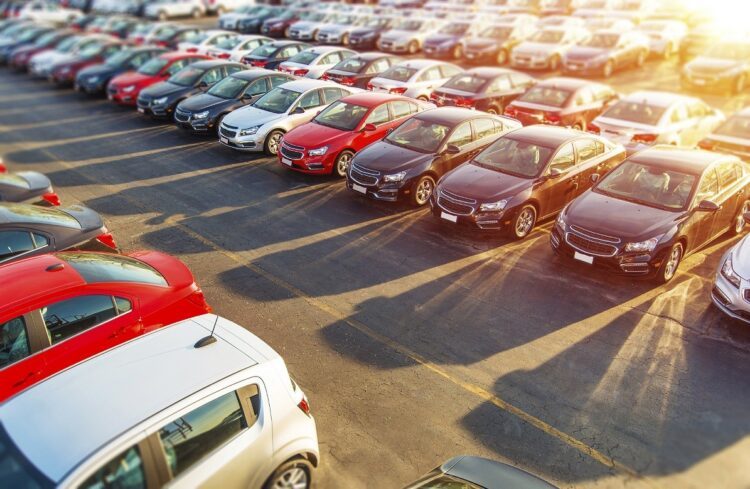If you’re in the market for a used car in Nepal, you’re not alone. With rising vehicle prices and increasing demand, buying second-hand has become an attractive option for many. But navigating the used car market can be tricky—especially if you’re new to it. From spotting a good deal to avoiding potential scams, there’s a lot to consider.
In this guide, we’ll walk you through some practical tips for buying used cars in Nepal, ensuring that you make an informed and confident decision. Whether you’re looking for a family SUV, a reliable city car, or your first ride, we’ve got you covered.
1. Do Your Research: Know the Market
Before jumping into any purchase, spend some time understanding the used car market in Nepal. Prices can vary significantly depending on the model, age, and condition of the car. Websites and online classified platforms like Vettyo make it easy to browse listings and compare prices. Be sure to check the average price for the type of car you’re interested in—whether it’s a compact hatchback for navigating Kathmandu’s traffic or a robust 4×4 for tackling Nepal’s rugged roads.
Pro Tip: Look for patterns in pricing. If a car seems too cheap or too expensive compared to others, it’s worth digging deeper.
2. Decide on Your Budget (And Stick to It!)
It’s easy to get carried away when you see shiny, well-maintained cars at tempting prices. But remember, the purchase price isn’t your only cost. Factor in insurance, registration fees, and maintenance costs (which can be higher for older models). Set a realistic budget and try your best to stick to it.
Pro Tip: If you’re financing the car through a loan, calculate your monthly payments and make sure they fit comfortably within your budget.
3. Check the Vehicle’s History and Documentation
In Nepal, the documentation process can be a bit daunting, but it’s crucial. Always ask for the Bluebook (vehicle ownership document) and make sure it’s up-to-date. The Bluebook will give you insights into the car’s registration history, service records, and any outstanding loans or disputes tied to the vehicle. If a seller hesitates to provide these, consider it a red flag.
Pro Tip: Cross-check the chassis and engine numbers on the Bluebook with the actual vehicle to ensure there’s no tampering.
4. Inspect the Car Thoroughly
This is where you need to be extra careful. A used car may look great on the outside but could be hiding internal issues. Here’s a checklist of things to inspect:
- Exterior: Check for rust, scratches, dents, and uneven paint. These can indicate previous accidents.
- Interior: Inspect the seats, dashboard, and electronics (lights, A/C, infotainment system). Signs of excessive wear can point to a rough usage history.
- Under the Hood: If you’re not car-savvy, bring a trusted mechanic to check the engine, transmission, and other critical components.
- Tires: Ensure they have sufficient tread and are evenly worn. Uneven wear could indicate alignment issues.
Pro Tip: Take the car for a test drive on both smooth and bumpy roads. Listen for any unusual sounds and pay attention to how the car handles.
5. Negotiate, but Be Fair
Used car prices in Nepal are often negotiable, but that doesn’t mean you should aim for the lowest price possible. Do your research and offer a fair price based on the car’s condition, mileage, and market value. Sellers are more likely to accept reasonable offers, especially if you’ve shown that you’re a serious buyer.
Pro Tip: Be patient during negotiations. Sometimes sellers come back later with a better offer after considering your bid.
6. Watch Out for Scams and Red Flags
Unfortunately, like in many parts of the world, the used car market in Nepal has its share of scammers. Be wary of deals that seem too good to be true or sellers who pressure you into making quick decisions. If a seller asks for an unusually large deposit or insists on doing business off the books, proceed with caution.
Pro Tip: Avoid making full payments before receiving the car and all its documentation. If possible, use a trusted third-party escrow service to handle the financial exchange.
7. Consider the Future: Resale Value
In Nepal, some car brands retain their value better than others. Brands like Toyota, Honda, and Suzuki are known for their durability and are easier to resell. If you’re planning to upgrade or sell the car in a few years, consider a model with a strong reputation for resale value.
Pro Tip: Regular maintenance and servicing not only keep your car in good shape but also help maintain its resale value down the line.
8. Leverage Online Classifieds for Wider Options
Online classified platforms in Nepal, such as Vettyo, offer a vast range of vehicles. This saves you time and gives you access to a wider selection of cars from different regions. You can filter your search by price, location, model, and more to find exactly what you’re looking for.
Pro Tip: Reach out to multiple sellers and don’t rush into a deal just because one car looks good. Take your time comparing options.
Conclusion
Buying a used car in Nepal can be a rewarding experience if done right. With the tips in this guide, you can approach the process confidently and avoid potential pitfalls. Always do your research, inspect the vehicle thoroughly, and ensure the documentation is in order. A little caution and patience can go a long way in helping you find the perfect car at the right price.
Happy car hunting!
 Automobiles
Automobiles  Books & Magazines
Books & Magazines  Computers
Computers  Electronics
Electronics  Fashion
Fashion  Furnishing & Appliances
Furnishing & Appliances  Furniture & Decor
Furniture & Decor  Mobile & Tablets
Mobile & Tablets  Music Instruments
Music Instruments  Real Estate
Real Estate  Toys & Video Games
Toys & Video Games  Travel & Tours
Travel & Tours 




